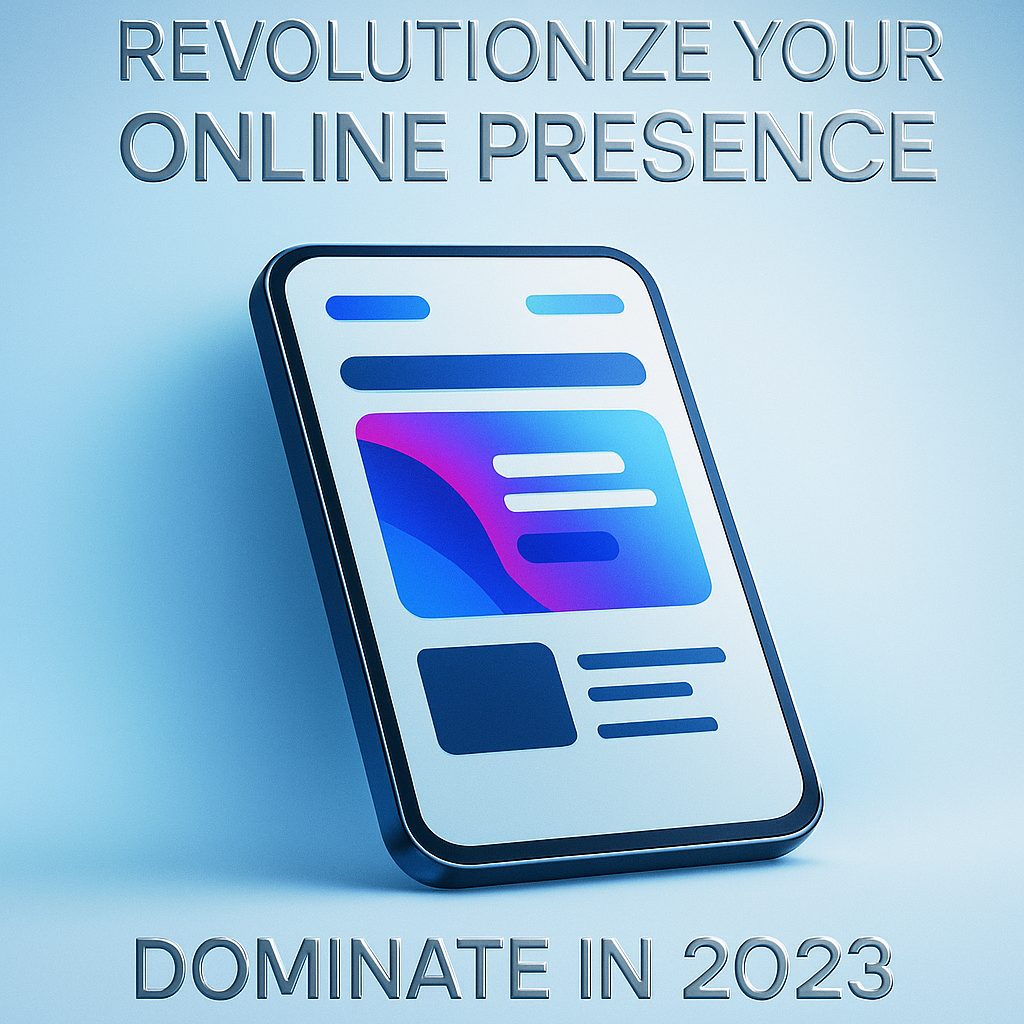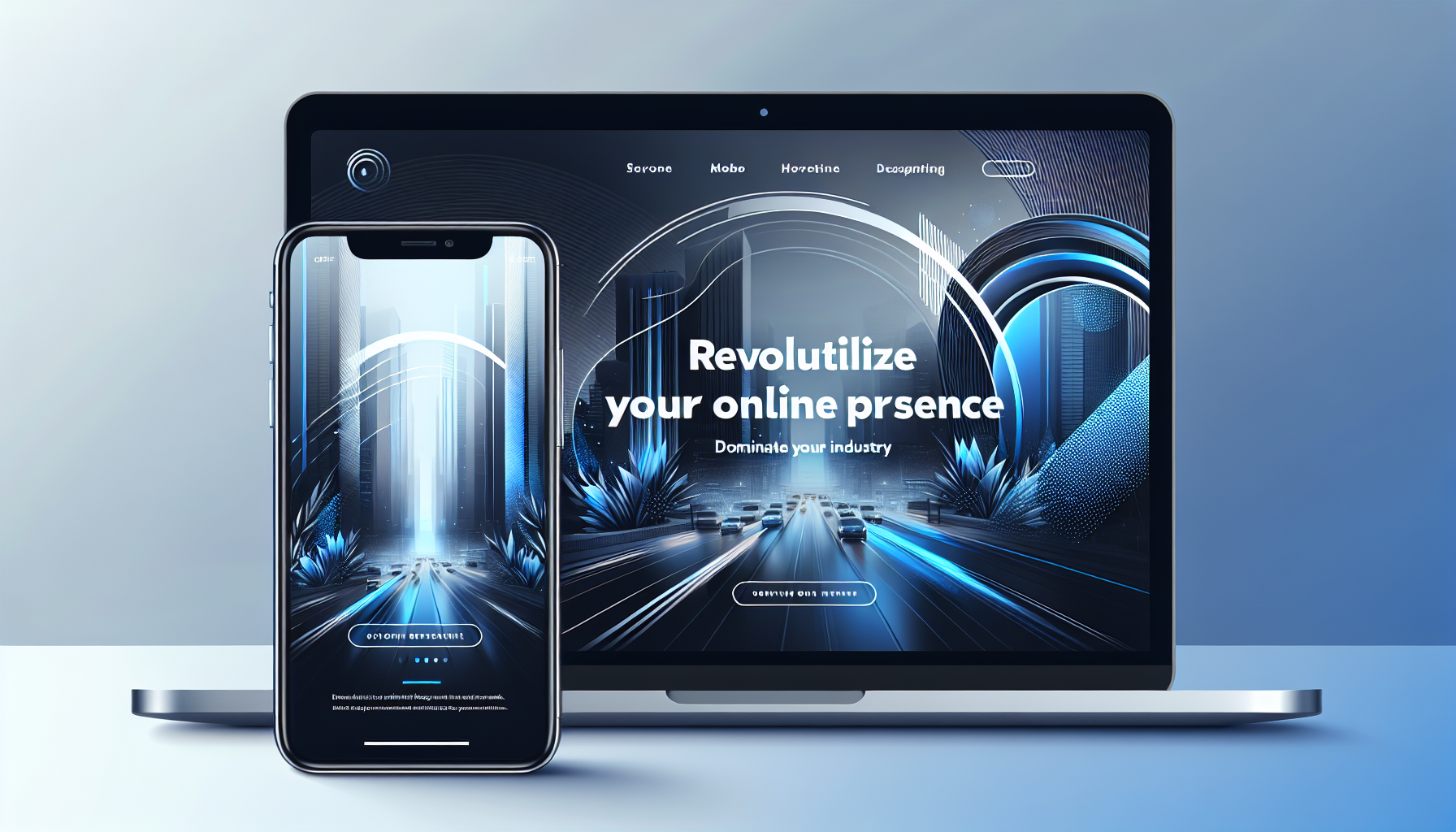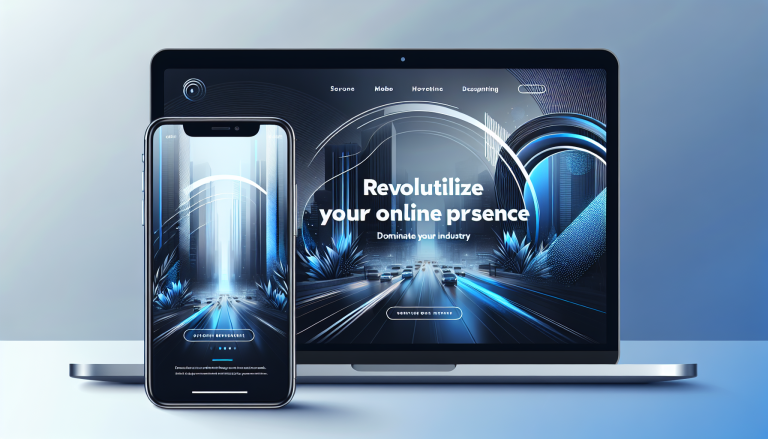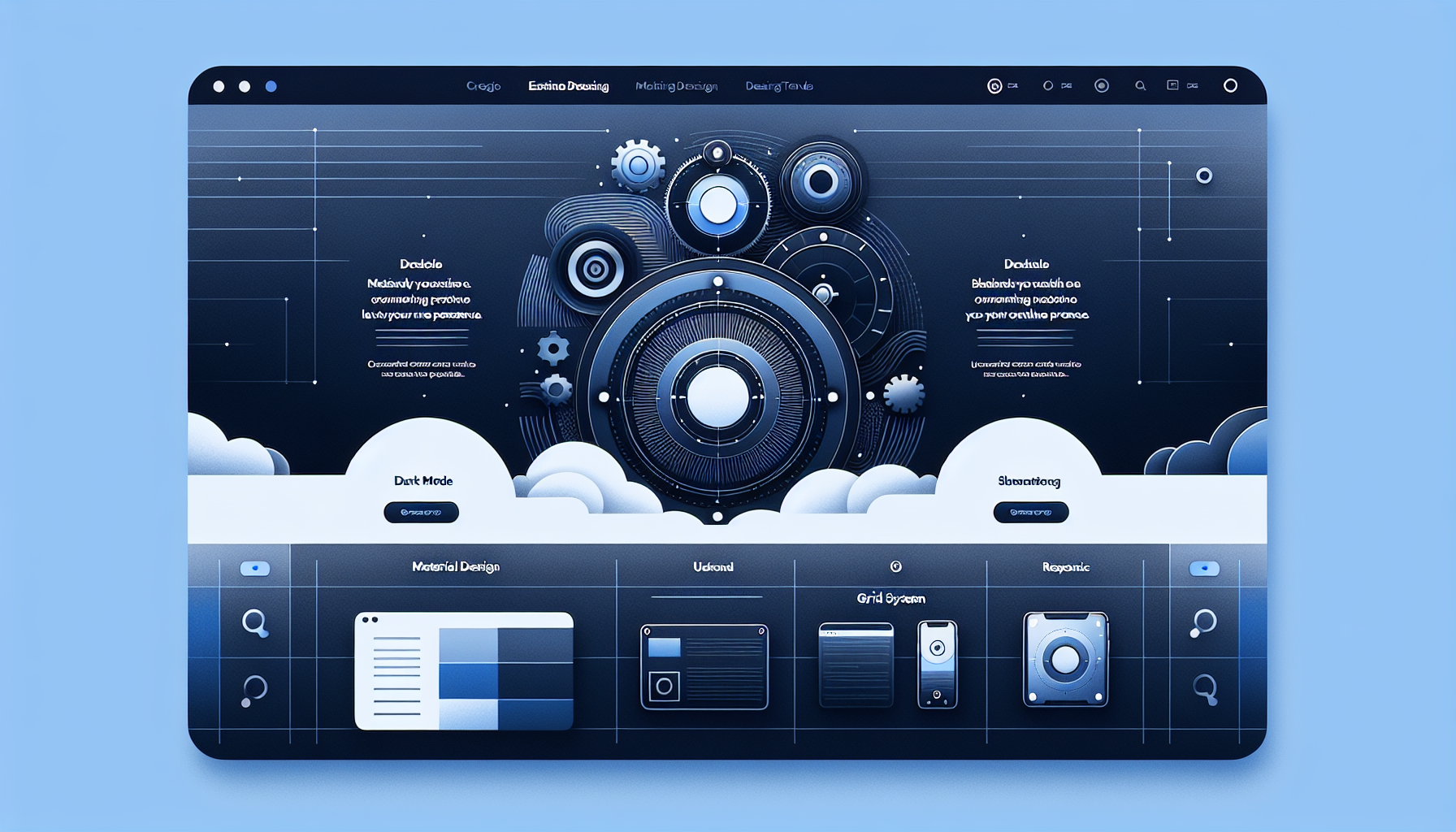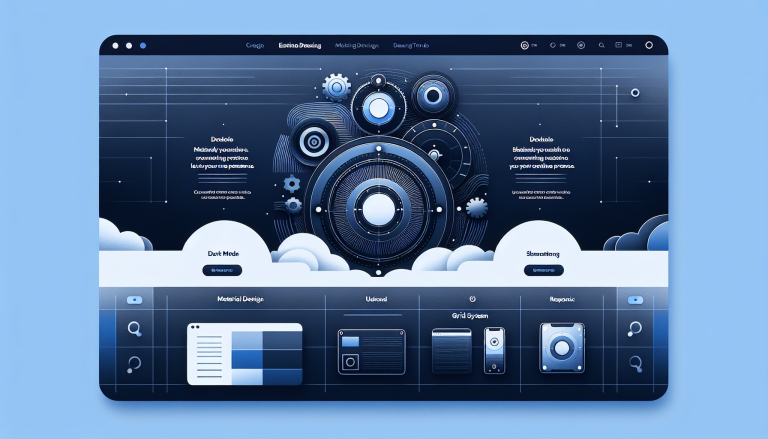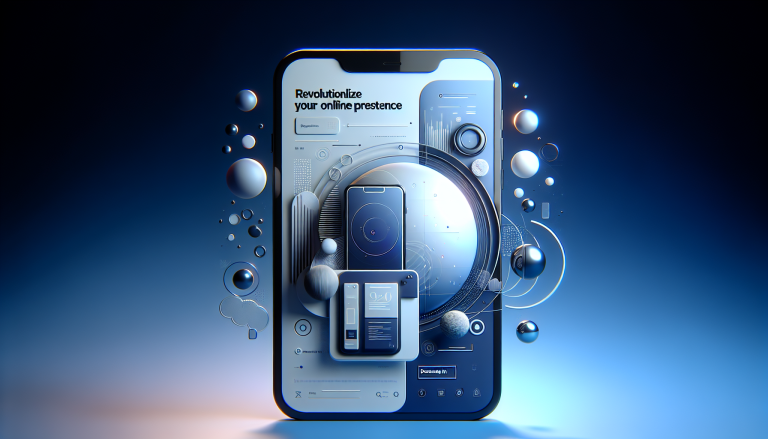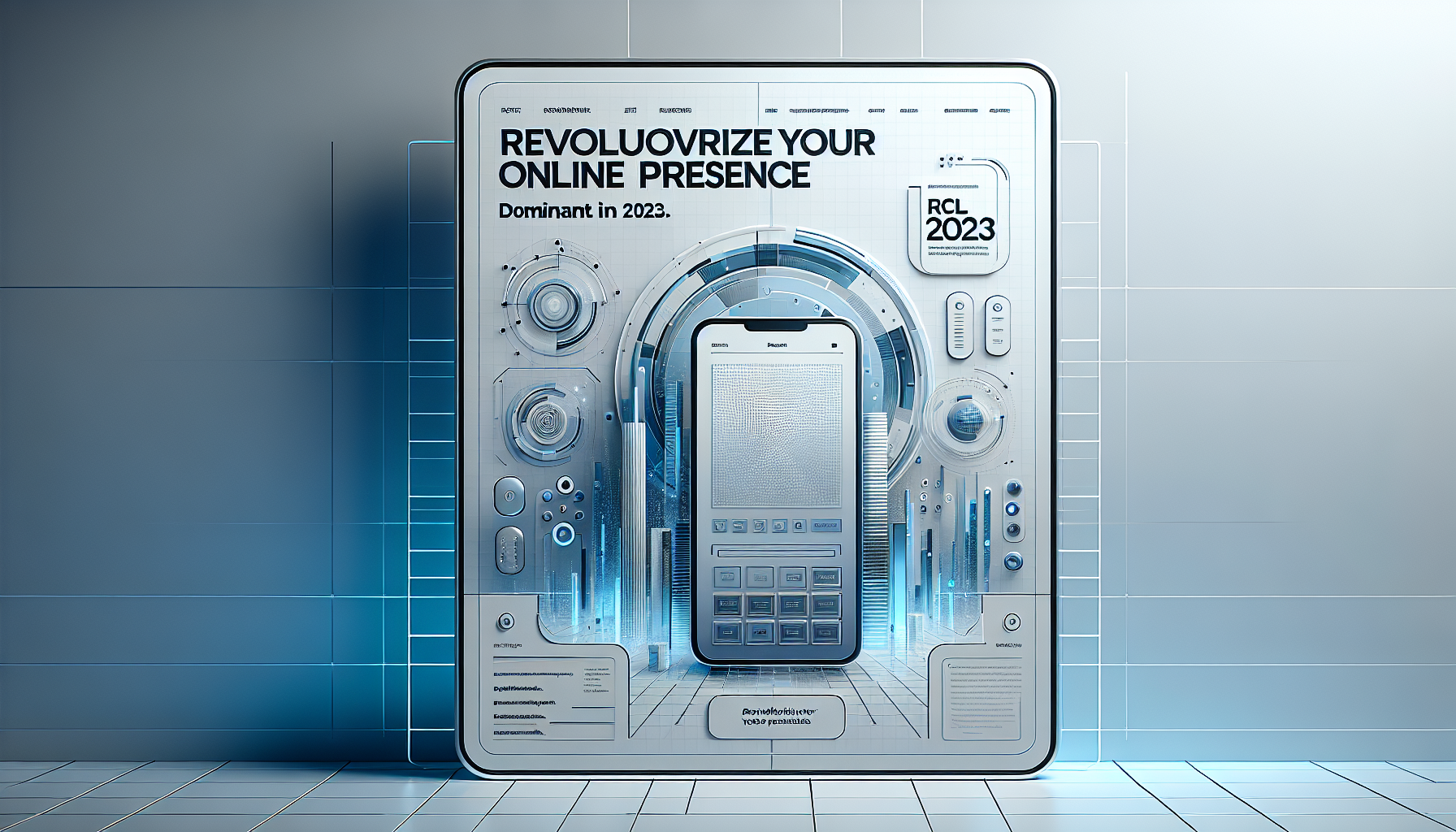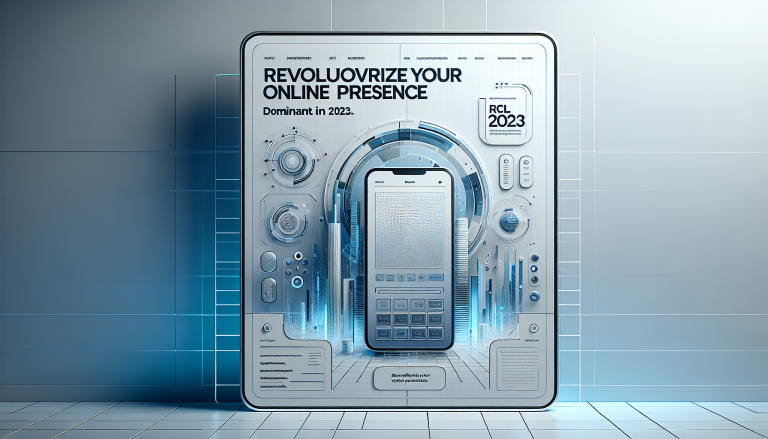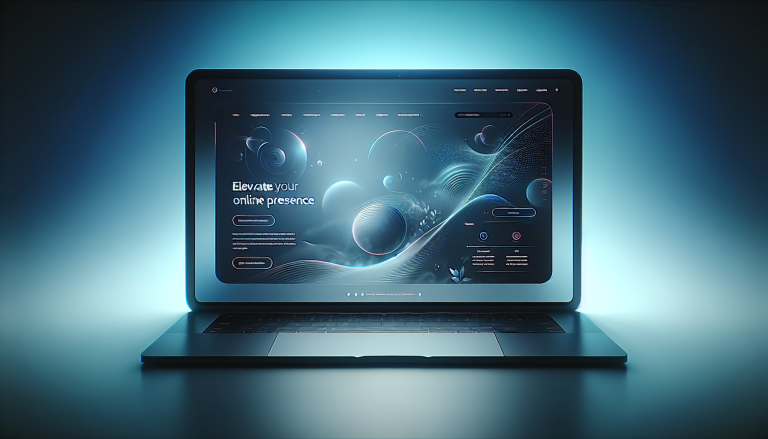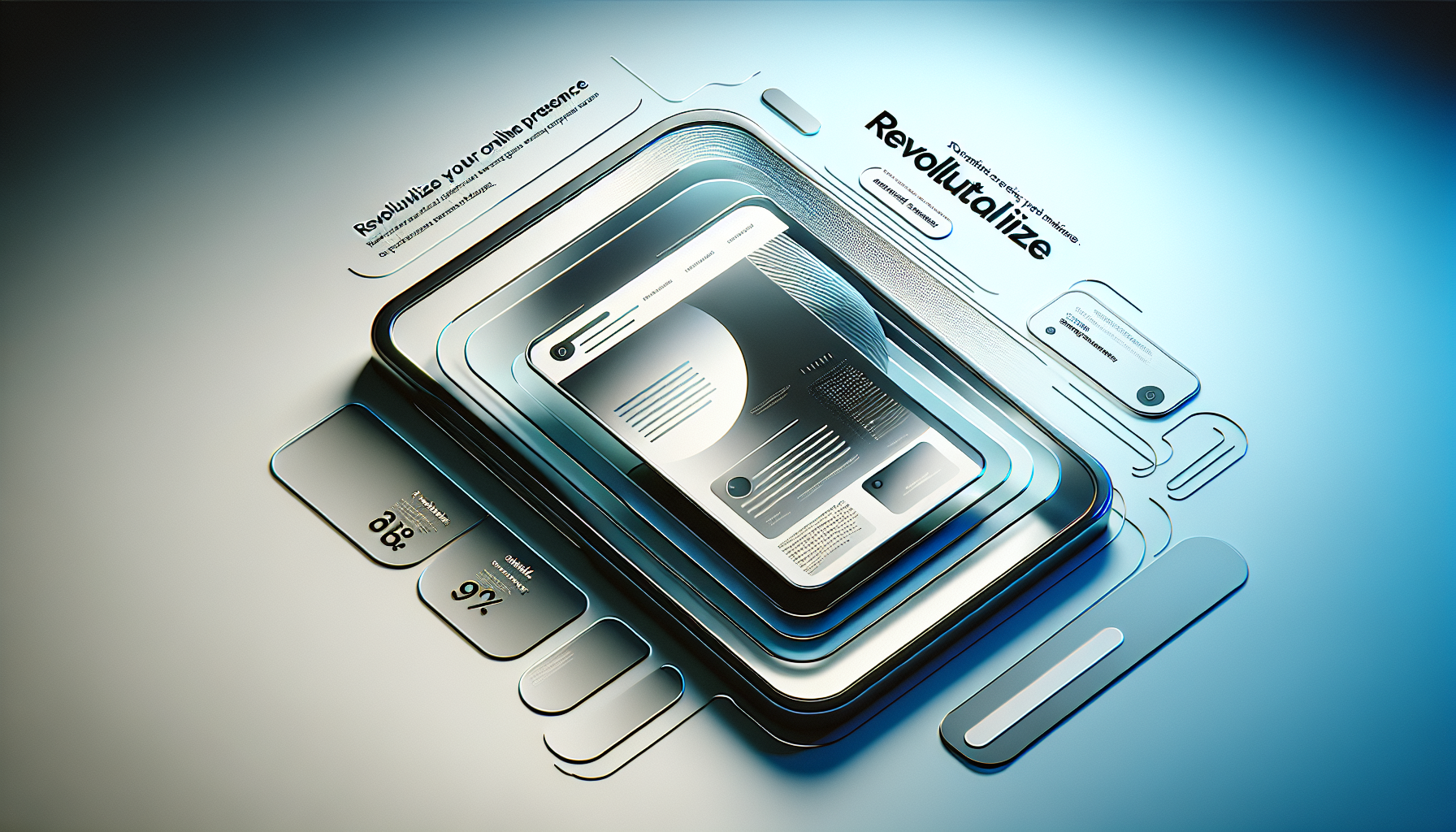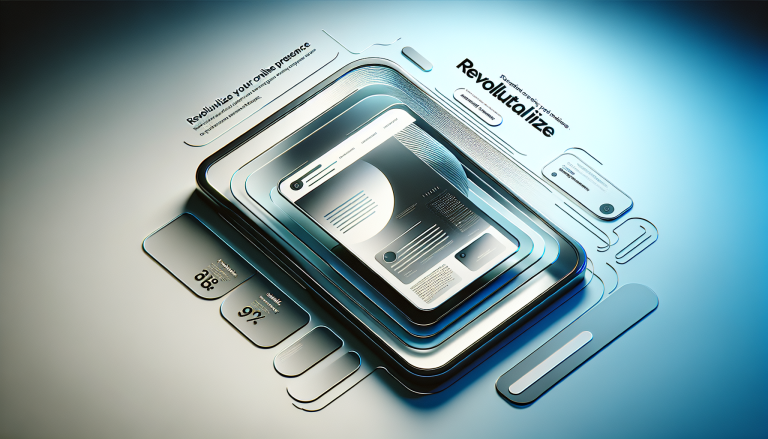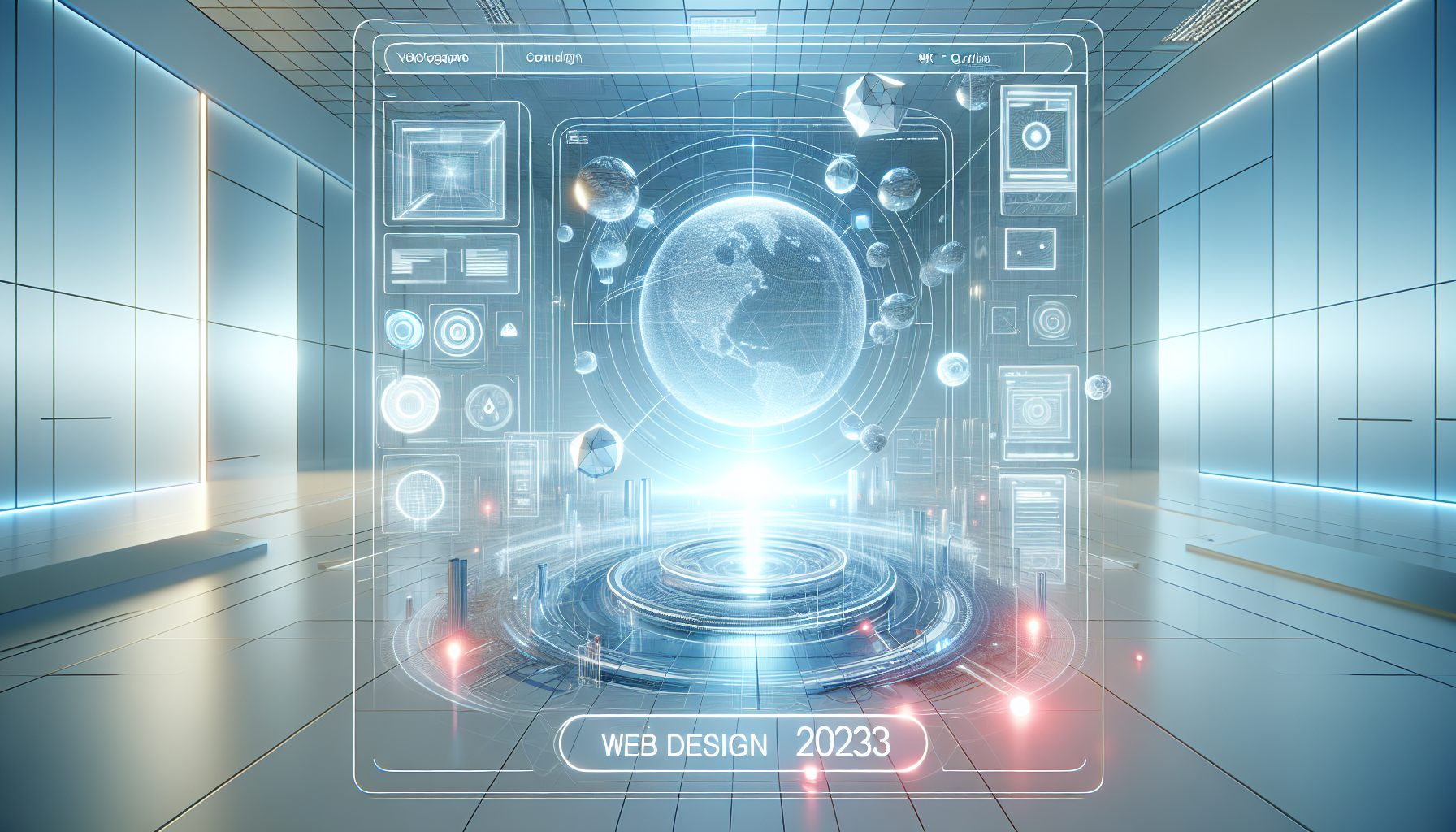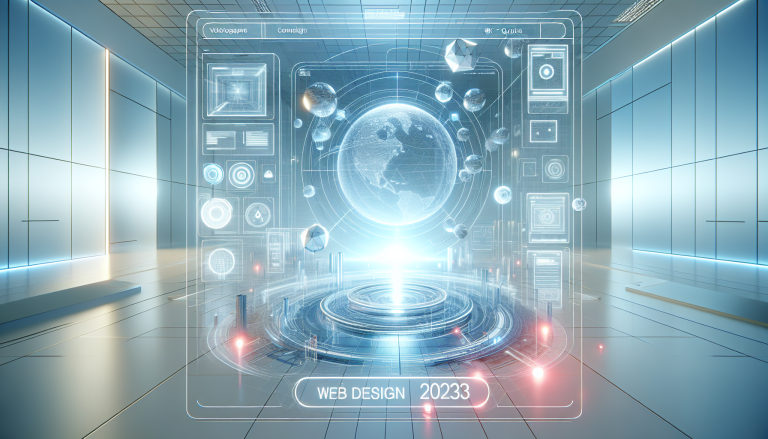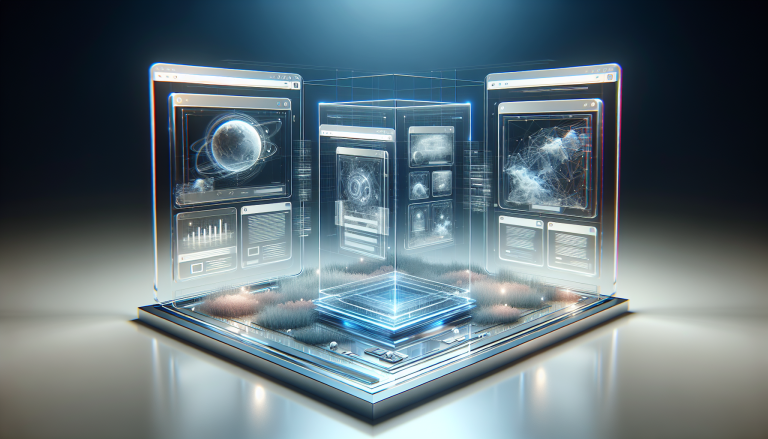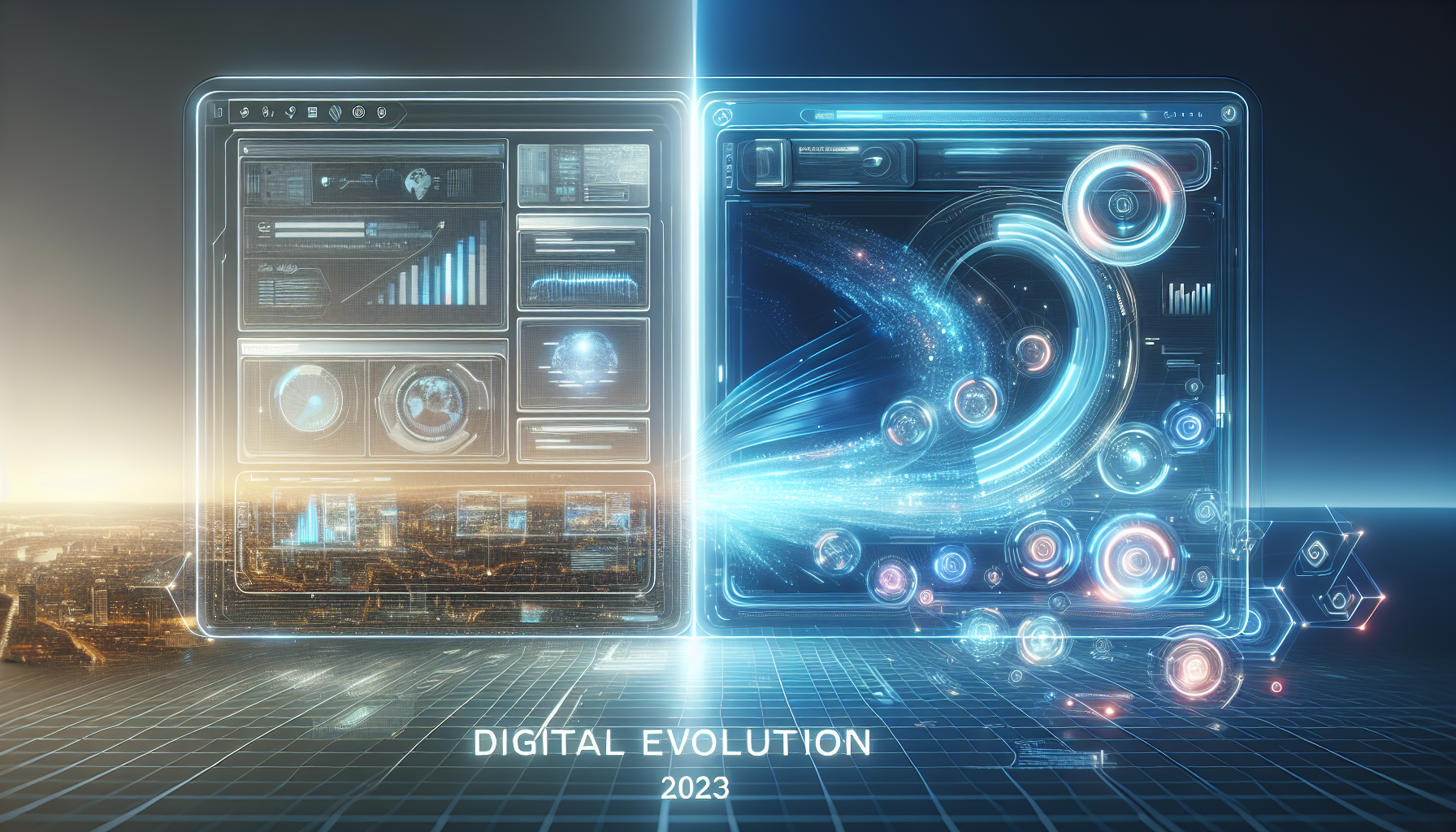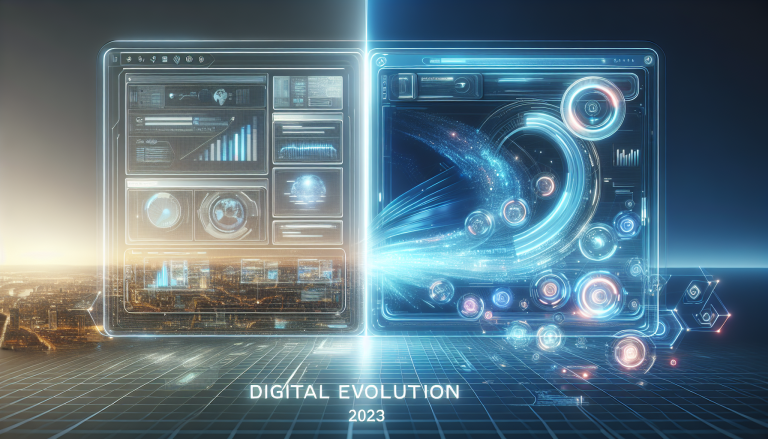Revolutionize Your Online Presence: The Top Web Design Trends to Dominate in 2023
**Unlocking the Power of Web Design: The Latest Trends and Strategies to Elevate Your Website**
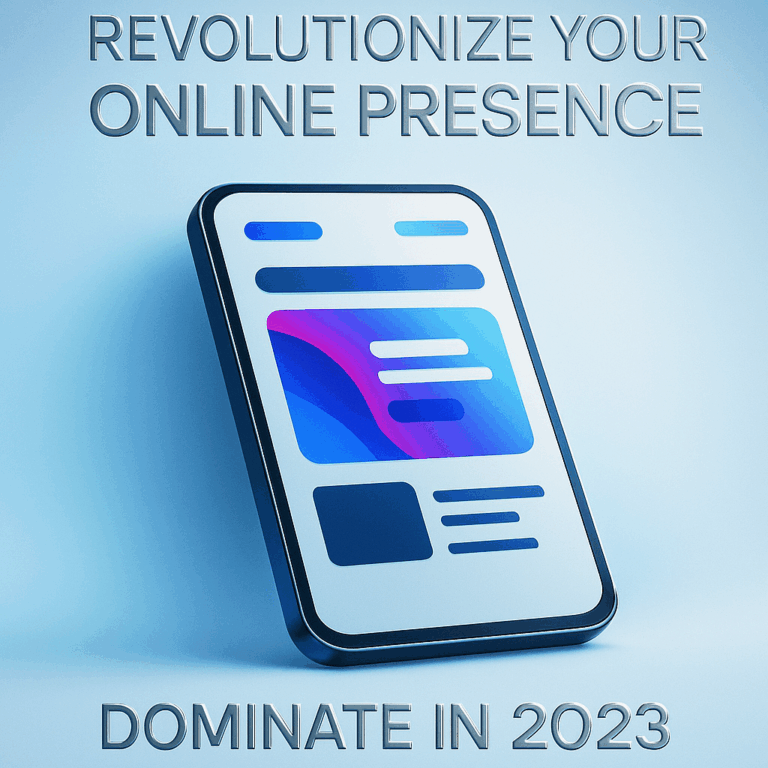
In the ever-evolving world of web design, it’s essential to stay ahead of the curve and adapt to the latest trends and innovations. A well-designed website is no longer just a necessary evil, but a crucial aspect of any business’s online presence. In this article, we’ll delve into the latest web design trends, SEO strategies, and user experience insights to help you create a website that truly shines.
**Web Design Trends: Where Creativity Meets Strategy**
When it comes to web design, trends come and go, but the key to success lies in striking the perfect balance between creativity and strategy. This season’s hottest trends include:
* **Minimalism**: A clean and simple design that lets the content shine. “Less is more” is the mantra behind minimalist web design, where every element is carefully considered to create a seamless user experience.
* **Dark Mode**: The latest trend in web design, dark mode is all about creating a sophisticated and modern look. By using a dark background and light accents, you can create a website that’s both visually stunning and easy on the eyes.
* **Interactive Elements**: Interactive elements such as animations, scrolling effects, and hover states are becoming increasingly popular. These elements not only add visual interest but also provide a more engaging user experience.
**SEO Strategies: Boost Your Visibility and Rankings**
Search Engine Optimization (SEO) is no longer just about keyword stuffing and link building. Today, it’s about creating a website that’s both user-friendly and search engine-friendly. Here are some actionable tips to boost your visibility and rankings:
* **Content is King**: High-quality, engaging, and informative content is the backbone of any successful website. Focus on creating content that resonates with your target audience and addresses their pain points.
* **Mobile-Friendliness**: With more and more users accessing the web through mobile devices, it’s essential to ensure your website is mobile-friendly. A responsive design that adapts to different screen sizes and devices is a must.
* **Local SEO**: If your business serves a specific geographic region, local SEO is crucial. By optimizing your website for local keywords and creating content that targets your local audience, you can increase your visibility and attract more customers.
**User Experience (UX) Insights: Creating Seamless Interfaces**
User experience is no longer just about creating a website that looks good; it’s about creating a seamless and intuitive interface that engages and delights your users. Here are some UX insights to help you create a website that truly shines:
* **User-Centered Design**: User-centered design is all about putting the user at the forefront of your design process. By understanding your users’ needs, pain points, and behaviors, you can create a website that truly resonates with them.
* **Simple Navigation**: Simple navigation is essential for creating a seamless user experience. By using clear and concise language, you can help users find what they’re looking for quickly and easily.
* **Feedback and Validation**: Feedback and validation are critical components of any successful website. By providing users with feedback and validation, you can create a sense of trust and confidence that keeps them coming back for more.
**Creative Inspiration: Sparking Ideas and Resources**
Sometimes, all it takes is a little inspiration to spark creativity and get those ideas flowing. Here are some creative resources to help you get started:
* **Design Inspiration Websites**: Websites like Dribbble, Behance, and Designspiration are treasure troves of design inspiration. By browsing through these websites, you can get a sense of the latest trends and styles in web design.
* **Design Books and Magazines**: Design books and magazines are a great way to stay inspired and informed about the latest design trends and techniques. By reading through these publications, you can gain a deeper understanding of the design process and stay up-to-date with the latest industry developments.
* **Design Communities**: Design communities are a great way to connect with other designers, share ideas, and get feedback on your work. By joining online design communities, you can tap into a wealth of knowledge and expertise that can help you take your design skills to the next level.
**Case Studies: Success Stories and the Design Process**
Case studies are a great way to learn from others and gain insights into the design process. By studying successful case studies, you can gain a deeper understanding of what works and what doesn’t, and apply those lessons to your own design projects. Here are some case studies to inspire you:
* **The Story of Airbnb**: Airbnb’s success story is a testament to the power of user-centered design. By putting the user at the forefront of their design process, Airbnb created a website that truly resonates with its users.
* **The Design Process of Google**: Google’s design process is a masterclass in simplicity and elegance. By stripping away unnecessary elements and focusing on the user experience, Google created a website that’s both visually stunning and easy to use.
**Tech Tools & Tips: Practical Guidance for Web Development**
Web development is no longer just about coding and building websites; it’s about using the right tools and techniques to create a website that truly shines. Here are some tech tools and tips to help you get started:
* **Code Editors**: Code editors are a must-have for any web developer. By using a code editor, you can write cleaner, more efficient code that’s easier to maintain and update.
* **Version Control Systems**: Version control systems are essential for managing multiple versions of your code. By using a version control system, you can track changes, collaborate with others, and ensure that your code is always up-to-date.
* **Web Development Frameworks**: Web development frameworks are a great way to speed up your development process and create a website that’s both fast and secure. By using a web development framework, you can focus on the creative aspects of web development and leave the technical details to the experts.







